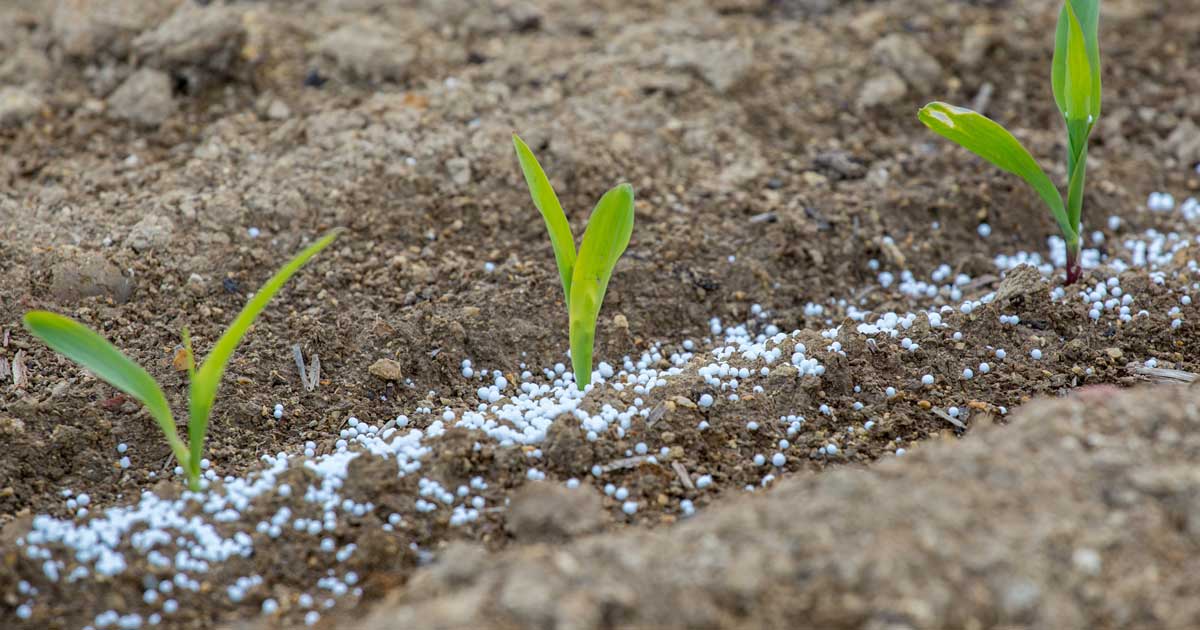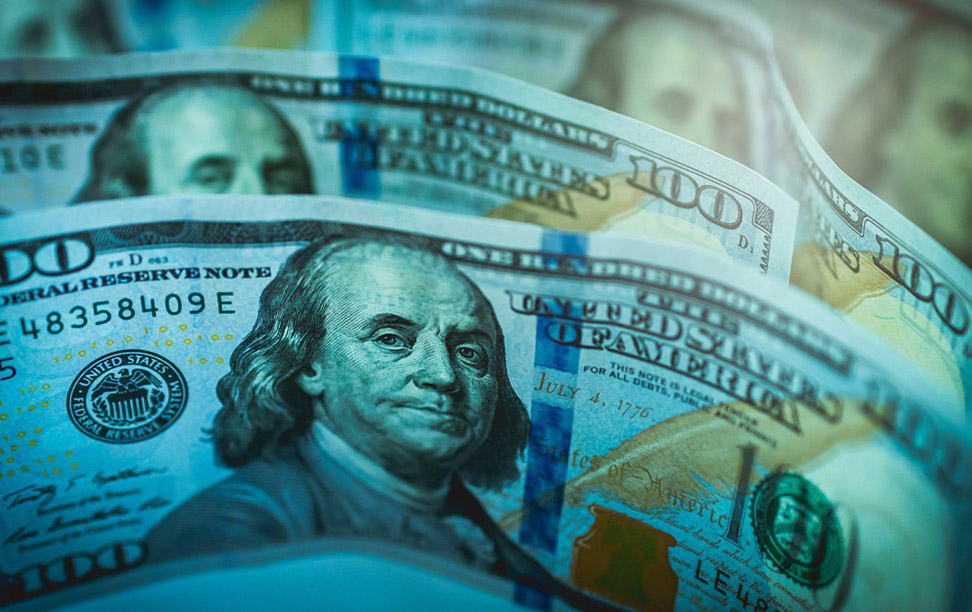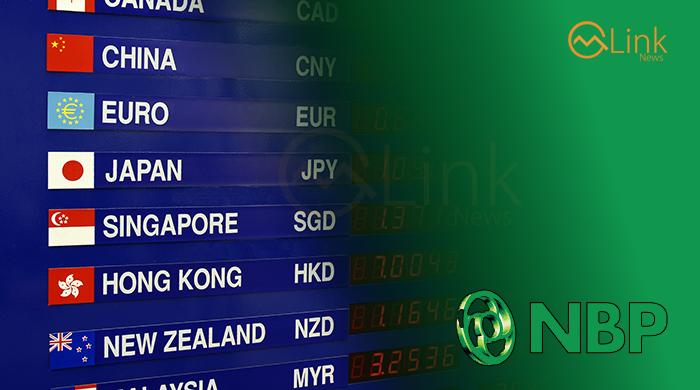November 11, 2019 (MLN): Pakistan’s fertilizer industry, having the 7th largest production capacity in the world, stands at the crossroads to become one of the biggest fertilizer exporters in the region in years to come.
The fertilizer industry which strived well and even contributed its share in the agriculture sector, import substitution and saving valuable foreign exchange, couldn’t continue to hold its ground against the ongoing economic slowdown.
Before moving into deeper analysis to understand these issues, it would be worthwhile to shed some light on the financial performance of the major companies operating within this industry.
Fertilizer Industry is entirely dominated by major four players, i.e. Engro Fertilizers (EFERT), Fauji Fertilizers (FFC), Fatima Fertilizers (FATIMA), and Fauji Fertilizers Bin Qasim (FFBL). Therefore, the analysis of the sector is based on the consolidated financial statements of these companies, which is given below:
|
Fertilizer Industry: Consolidated Profit and Loss Statement for the nine months ended on September 30, 2019 ('000 Rupees)
|
|||
|---|---|---|---|
|
|
Sep-19 |
Sep-18 |
% Change |
|
Sales |
259,897,045 |
227,906,541 |
14.04% |
|
Cost of sales |
(181,943,517) |
(155,367,368) |
17.11% |
|
Gross profit |
77,953,528 |
72,539,173 |
7.46% |
|
Administrative, selling and distribution cost |
(24,012,811) |
(24,616,322) |
-2.45% |
|
Other operating expenses |
(5,314,424) |
(4,732,340) |
12.30% |
|
Finance cost |
(14,896,728) |
(7,885,780) |
88.91% |
|
Other income |
10,250,268 |
7,644,189 |
34.09% |
|
Share of profit from Associates |
1,119,289 |
2,983,738 |
-62.49% |
|
Profit before tax |
45,099,122 |
45,932,658 |
-1.81% |
|
Taxation |
(17,284,140) |
(15,670,273) |
10.30% |
|
Profit for the period |
27,814,982 |
30,262,385 |
-8.09% |
The industry has witnessed a decline in its net earnings by 8% to 27.8 billion for the nine months ended September 30, 2019 due to a hike in input prices which led to lower fertilizer offtake, specifically, DAP down by 8% YoY and CAN lower by 27% YoY when compared to the corresponding period last year. This reflects the increase in the cost of production plus price adjustment after the exchange rate depreciation.
The performance of the fertilizer sector was keenly in line with that of KSE-100 index in initial some months. After May 2019, the industry started snatching points from the benchmark index, which is evident in the graph.
Speaking of revenue, the uptick in urea sales of the industry by 6% YoY despite rising of its price, translated into industry’s sales, up by 14% YoY due to the resumption of operations by Dawood Hercules and Agritech Limited.
It is pertinent to mention here that the government had earlier provided relief to the small urea producers by providing a mix of domestic and imported RLNG at subsidized rates which extended up till October 2019 to ensure availability of urea at affordable rates.
Keeping in view the GIDC developments, the gas price doubled for the domestic industry which escalated the cost per bag. Due to the stringent criticism and political pressure, GIDC ordinance was withdrawn in favour of the fertilizer sector, resulting in increased urea prices.
Gross margins of the industry decreased marginally by 2ppts YoY to 30% during 9M2019 from 32%. Increase in prices of fertilizers provided reprieve for the manufacturers by keeping their margins intact.
On a cumulative basis, the bottom earnings got affected due to higher finance cost which depicted a growth of 89% YoY owing to a rise in the policy rate and an increase in borrowings of the industry.
Nevertheless, the non-core income of the industry surged by 34% YoY because of piling up of GIDC accruals and high returns from short term investments.
Effective tax rate of the industry during 9M2019 increased by 10.3% YoY, as FFBL effective tax rate clocked at 152% amid the implementation of minimum tax along with a substantial rise in taxation on dividends.
With regards to Company-wise Performance, Fauji Fertilizers Co Limited (FFC) appeared as the clear winner as it reported net earnings of Rs. 13.2 billion (EPS: Rs. 10.39) for the nine months ended September 30, 2019, against Rs. 10 billion reported in the same period last year, i.e. up by around 32%.
Despite an increase in prices of Urea and DAP, the net turnover of the company increased by merely 3.8% due to a fall in the volumetric sale of the two.
With regards to the industry dynamics, the director reviewed that the implementation of axle load regulations may increase the transportation cost of the Company. The negative media reporting and any unfavourable outcome of GIDC case may affect the urea offtakes, resulting in deteriorating the farming community.
Fatima Fertilizers Limited (FATIMA) stated net earnings of Rs. 9.2 billion (EPS: Rs. 4.39) for the said period. This signified a growth of around 9% as compared to the results of the same period last year. The company’s growth came from the contribution of Dawood Hercules plant.
Engro Fertilizers Limited (EFERT) posted net earnings of Rs. 10.5 billion (EPS: Rs. 7.87) during the stated period, i.e. approx. 14% lower than the earnings reported in the same period last year.
The decline in profits was an inevitable outcome of a drop in the Urea and Dap offtakes during the stated period. Furthermore, the company disposed of its subsidiary Engro Eximp FZE and witnessed a loss of Rs263mn in 3Q2019.
On the brighter side, EFERT managed to report a positive change in gross profits despite its inability to pass on the impact of gas tariff hike onto the consumers during July and August.
Fauji Fertilizer Bain Qasim Limited (FFBL)’s financial performance continued to deteriorate as the company posted losses of Rs 5.1 billion for the said period, which was 10 times higher than the losses of Rs 482.9 million incurred in the same period last year.
The huge losses incurred due to the decrease in volumetric sales of urea by 21% YoY, a hike in gas cost and increase in prices of phosphoric acid due to PKR depreciation.
Going forward, a healthy fertilizer demand is expected in the upcoming Rabi season. However, the demand for imported fertilizer and phosphates is expected to remain restricted due to higher prices on the back of PKR depreciation. Any unfavourable outcome of GIDC case or losses on significant acreage may worsen the farm economics.
Copyright Mettis Link News
31040








